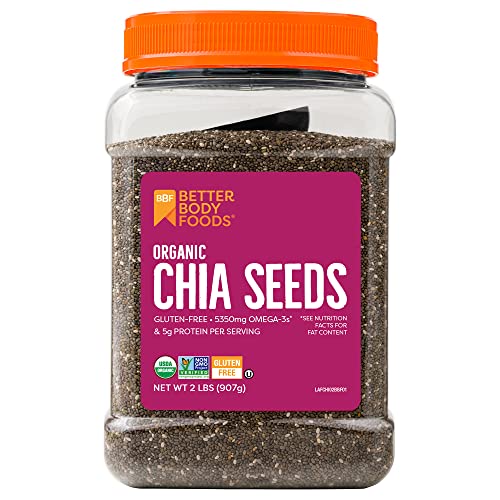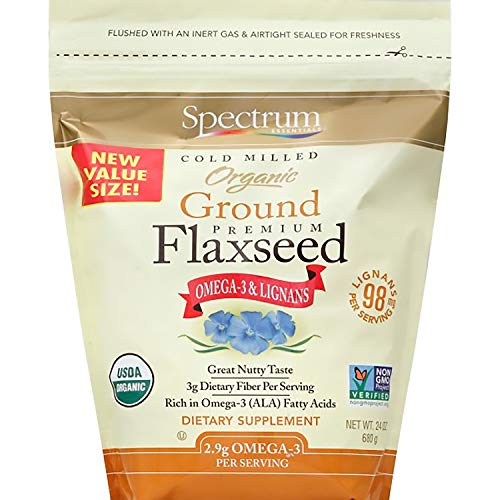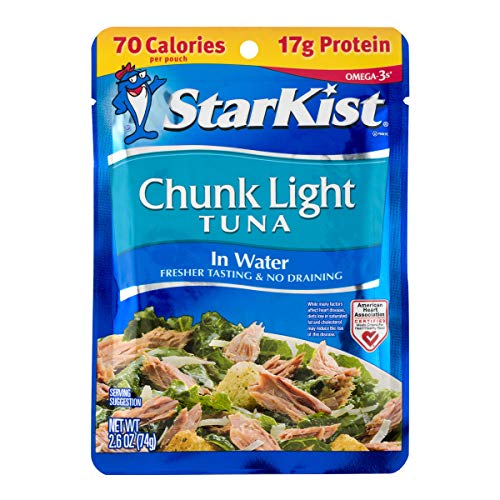The benefits of these essential fats may go beyond their anti-inflammatory potential.
Omega-3 fatty acids have been popularized in recent decades owing to a combination of their elusiveness (found in few foods) and their potentially potent anti-inflammatory benefits.
In today’s post, we explore emerging evidence suggesting their benevolent effects may extend into the world of the gut microbiome.
Before we get to that though, let’s take a moment to better understand some important details.
There are three primary forms that omega-3 fatty acids may be found in:
-Alpha-linolenic Acid (ALA): ALA is the shorter-chain omega-3 fatty acid found mostly in plant-based foods like walnuts, chia seed, flax, hemp, and soy-based foods. The human body cannot make ALA but it can convert small amounts of it to the other omega-3 fatty acids DHA & EPA.
-Docosahexaenoic Acid (DHA)/Eicosapentaenoic Acid (EPA): EPA & DHA are longer-chain omega-3 fatty acids found in varying amounts in different types of fish and seafood. They are also the type of omega-3 you are much more likely to see in supplemental form as it is EPA/DHA that tend to be the ones that are studied when we think about science demonstrating the benefits of omega-3 intake.
In the human body- omega-3s are found in cell membranes and are especially found in high supply in the brain, but they serve various functions throughout numerous bodily systems.
Including the gut it seems, so let’s find out why!
Omega-3 Fats & The Gut Microbiome
I’ve taken a recent interest in how various dietary components can positively influence the gut microbiome and so when I encountered a study insinuating omega-3s may be in the mix, I was naturally quite excited.
In fact, a 2017 study out of Scientific Reports found that higher blood DHA levels were positively correlated to a greater diversity of the microbiome among the participants (middle-aged women in this case).
Circulating DHA levels are reflective of a higher intake of omega-3s and gut microbiome diversity, as discussed in a previous piece on Dysbiosis, is considered a characteristic of a healthy microbiome.
The paper also found that DHA levels were associated with a greater presence of bacteria from the SCFA-producing family Lachnospiraceae – giving some credence to the thought that these fatty acids may have prebiotic potential.
But given that this study was observational in nature, it left the door open for further and more rigorous exploration – fortunately, a team of scientists walked through that door in 2021 with a randomized controlled trial specifically examining omega-3s prebiotic potential.
The Prebiotic Potential Of Omega-3 Fatty Acids
And what a juicy trial it was!
Published in Gut Microbes, this ambitious study compared the effects of an omega-3 intervention to inulin, a well-known prebiotic fiber, over a 6 week period.
The amount of Omega-3 used was a ~500 mg supplement containing a combination of EPA/DHA – approximately the same amount of omega-3 found in 2 oz of sardines or 1 oz of salmon, which is very achievable in those who like fish.
Here’s what they found:
The exact nature of the changes varied between the two interventions, both led to changes that we might expect from a compound with prebiotic potential (which inulin is, and it appears omega-3s are too!).
The authors also noted that omega-3 intake downregulated a harmful type of bacteria that tends to be around at high levels in non-alcoholic fatty liver disease (NAFLD), an exceptionally intriguing finding as far as I’m concerned because probiotic, prebiotic, and omega-3 supplementation have all been identified as helpful for NAFLD with these results offering additional insight as to why that might be.
Final Thoughts, One More Study
The findings discussed in today’s piece are certainly not conclusive, but they are in many ways scientifically delightful and pave the way for further inquiry into the interaction between omega-3 fatty acids and the gut microbiome.
Those who are on the fence about incorporating more fish should be bolstered by these findings.
Speaking of which, the European Journal Of Clinical Nutrition did indeed find that consuming around 4 oz of fish daily (cod/salmon) led to statistically significant modifications in the gut microbiome in the participants of a small controlled trial.
Let the scientific fun begin!
- Menni, C., Zierer, J., Pallister, T., Jackson, M. A., Long, T., Mohney, R. P., Steves, C. J., Spector, T. D., & Valdes, A. M. (2017). Omega-3 fatty acids correlate with gut microbiome diversity and production of N-carbamylglutamate in middle aged and elderly women. Scientific reports, 7(1), 11079.
- Vijay, A., Astbury, S., Le Roy, C., Spector, T. D., & Valdes, A. M. (2021). The prebiotic effects of omega-3 fatty acid supplementation: A six-week randomised intervention trial. Gut microbes, 13(1), 1–11.
- Bratlie, M., Hagen, I. V., Helland, A., Erchinger, F., Midttun, Ø., Ueland, P. M., Rosenlund, G., Sveier, H., Mellgren, G., Hausken, T., & Gudbrandsen, O. A. (2021). Effects of high intake of cod or salmon on gut microbiota profile, faecal output and serum concentrations of lipids and bile acids in overweight adults: a randomised clinical trial. European journal of nutrition, 60(4), 2231–2248.




















Comments
Murray McCallum
02/05/2024 at 08:54 AM
Great to have access to reports of doseage requirements for EPA/DHA levels found in fish
Join The Conversation...